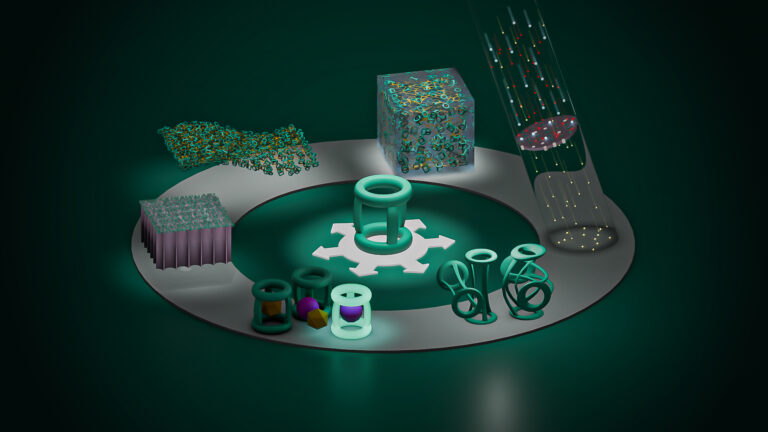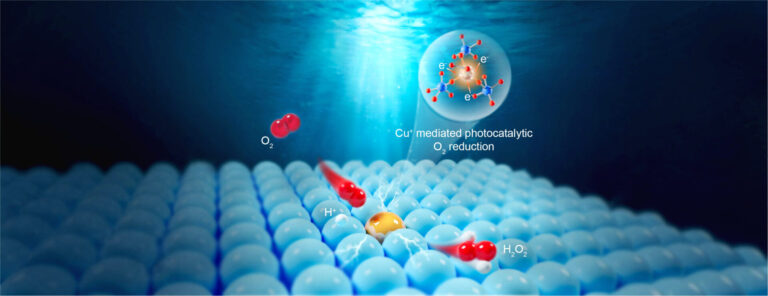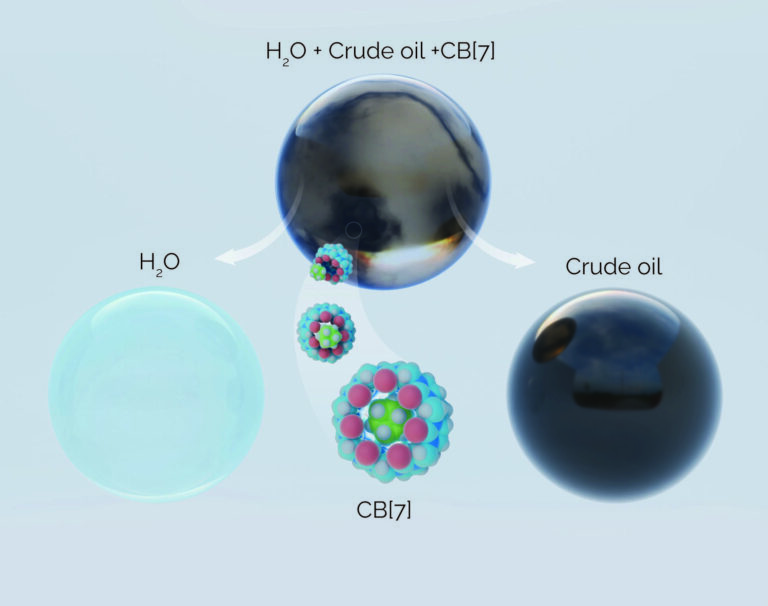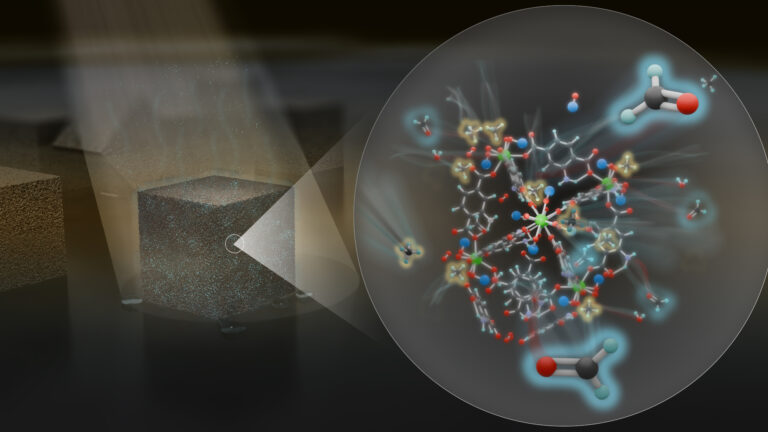Chemistry
Catalysis with a light touch
Pairing two catalysts in a single, illuminated reaction flask proves to be a light-bulb moment for organic synthesis.


KAUST has devised a light-based alternative method for the chemical process for construction of complex molecules.
© Alamy stock photo, Blue Sky
The light from a standard electric light bulb is the key to a simple, green version of the C-H activation reaction, and as researchers at KAUST have shown, this is one of the hottest new reactions for assembling complicated chemical structures.
Medicines comprising complex molecules often require long, multiple-step syntheses to produce. C-H activation is emerging as a powerful new way to assemble these complex target molecules in far fewer steps than traditional approaches, making their synthesis more environmentally sustainable. Now, C-H activation itself has been made a little greener, thanks to a team led by Professor Magnus Rueping from the Physical Science and Engineering Division who joined the faculty and the KAUST Catalysis Center at the start of 2016.
Rueping and his coworkers have shown that light, in combination with a carefully selected pair of catalysts, can drive the aromatic C-H activation reaction1.
Although in limited use since the 1960s, C-H activation has become one of the exciting research topics of the last decade. The reaction can be used in various ways, but perhaps its most important use is to couple two organic molecules to form a new C-C bond—a key step in constructing the carbon skeleton of a complex molecule.
In the last few years, chemists have discovered a range of metal catalysts that can activate one specific C-H bond in molecules containing many similar bonds. The catalyst breaks apart the target bond with one “arm” and then captures the reaction partner with the other before joining the two to form the new C-C bond.
However, the reaction has a slight flaw: At the end of this matchmaking process, the catalyst ends up in a reduced, inactive state. Therefore, it must be reoxidized before it can couple the next two molecules in the reaction flask.
“One of the key challenges in many metal-catalyzed C-H functionalizations is the reoxidation of the metal catalyst,” said Rueping. “Until now, this reoxidation has been achieved by the addition of a large amount of an oxidant, often copper or silver salts or organic compounds, which represents an obstacle for industrial application on a larger scale.”
Rueping’s light-based alternative method for reoxidizing the catalyst has already caught the eye of pharmaceutical industry chemists.
He and his colleagues were working in a parallel area of chemical research, using light-activated photocatalysts to trigger useful transformations in organic molecules via an oxidation process, known as single-electron transfer, when they recognized the potential for these photocatalysts to reoxidize C-H activation catalysts. Rather than needing large quantities of oxidant, they would require only traces of the photocatalyst. The team tested the idea, and it worked.
“Our initial results show that it is possible to replace the oxidants with catalytic amounts of a photocatalyst,” Rueping said. One of the first reactions the team mastered using their light-based approach was a rhodium-catalyzed C-H activation to generate versatile organic molecules known as ortho-olefinated Weinreb amides, which are useful building blocks for making pharmaceuticals.
“The biggest challenge in developing combined visible light photocatalysis and metal catalysis is to find the right set and combination of catalysts that neither interact with each other nor lead to undesired side reactions with the substrate or product,” Rueping explained.
However, the growing list of successful example reactions shows effective combinations can be found, and a wide range of organic molecules can be coupled using these catalyst pairs. Because the light-activated photocatalyst reacts immediately with its catalyst partner, oxidation-sensitive organic molecules can be successfully coupled, as the team has shown.
An additional advantage of Rueping’s protocol is that any lab can use it, as no special lamps or other equipment are required. “The reactions are carried out using typical chemistry laboratory equipment and LEDs or compact fluorescents that can readily be bought at any good hardware store,” Rueping added. “We hope that our newly developed protocols also inspire other researchers to further develop this field.”
“Despite the progress the team has already made, there are still many avenues to explore,” said Rueping. “As in any exciting research project, the results generated more questions than answers. In particular, we are interested in obtaining a deeper understanding of the mechanism at play and in testing the boundaries of the combined photo- and metal- catalysis reactions.”
References
-
Fabry, D. C. & Rueping, M. Merging visible light photoredox catalysis with metal catalyzed C−H activations: on the role of oxygen and superoxide ions as oxidants. Accounts of Chemical Research 49,1969-1979 (2016).| article
You might also like

Applied Physics
Natural polymer boosts solar cells

Chemistry
Disruptive smart materials flex with real world potential

Chemistry
Catalysts provide the right pathway to green energy

Chemistry
Hollow molecules offer sustainable hydrocarbon separation

Chemistry
Maximizing methane

Chemistry
Beating the dark current for safer X-ray imaging

Chemical Engineering
Net benefits for advanced materials design

Chemical Engineering



